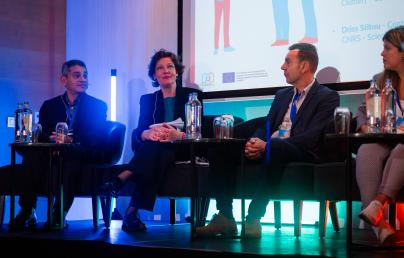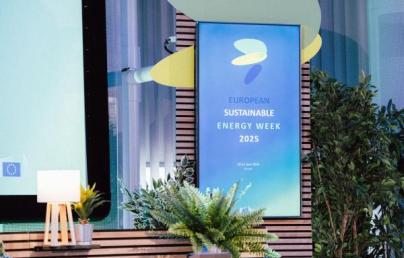
Harnessing clean energy technologies for decarbonising Europe's building sector

Harnessing clean energy technologies for decarbonising Europe's building sector
To remain competitive in the clean energy market and enhance future energy security, Europe must invest in new technologies to reduce import dependency, particularly those essential for decarbonising the building sector.
The IEA reports that 35% of 2050 emission reductions will rely on future technologies. The global clean energy market, projected to reach €605 billion annually by 2030, offers a major opportunity for Europe.
To decarbonise the building sector, it is necessary to harness these clean or net-zero technologies.
These technologies aim for a carbon-neutral balance in terms of atmospheric emissions. A non-exhaustive list of such technologies, beneficial for reducing emissions in the building sector and more broadly among various polluting entities, can be found in the Net-Zero Industry Act. These technologies include heat pumps, solar panels, wind turbines, and carbon capture and storage systems.
Beyond the benefits brought by the decarbonisation of the built environment, which represented 35% of energy-related EU emissions in 2021 (EEA), investing in clean energy is crucial for Europe’s industrial leadership, job creation, and energy security. However, Europe faces significant dependencies on imports for critical materials, particularly from China.
The EU's Net-Zero Industry Act and Critical Raw Materials Act aim to boost domestic production and reduce these dependencies. Despite rising costs, Europe's clean energy technology remains competitive, with significant growth in wind and solar deployment.

